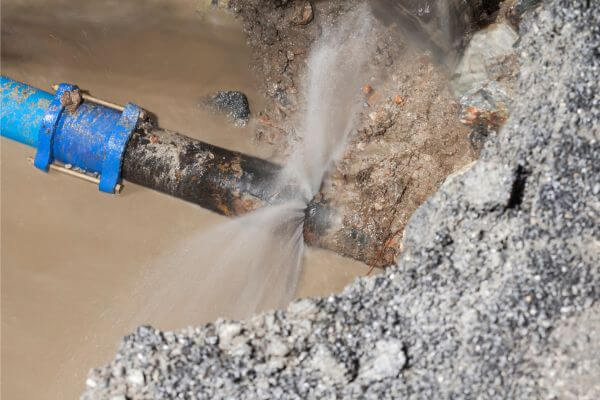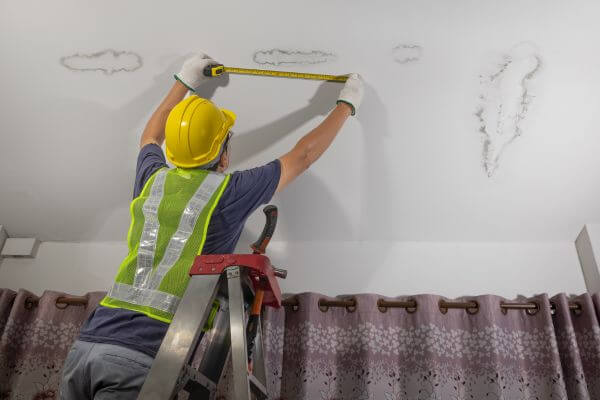Visual inspection
Visual inspection is a basic but effective method of locating leaks in buried pipes. moisture, subsidence or unusually green areas in the turf. These may be indicators of an underground leak. Plumbing professionals use specialised equipment, such as probes and inspection cameras, to visually examine suspect areas and determine the location of the leak.
Use of acoustic equipment
Acoustic equipment is a commonly used tool to detect leaks in buried pipelines. These devices amplify the sounds of leaks, allowing technicians to detect even the smallest leaks. By listening carefully with specialised headphones, professionals can determine the exact location of the leak based on sound intensity and other environmental factors.
Pressure analysis
Pressure analysis is another technique used to locate leaks in buried pipelines. This involves monitoring the pressure in the piping system and looking for unexplained drops in pressure, which could indicate the presence of a leak. Professionals can use specialised equipment to perform pressure tests and analyse the data to identify the approximate location of the leak.
Use of tracers and dyes
Tracers and dyes are substances that are introduced into the pipe system and are tracked as they move with the flow of water. When the leak is detected, the tracer or dye seeps through the pipe and emerges at the ground surface, revealing the exact location of the leak.
Infrared thermography
Infrared thermography is an advanced technique that uses infrared cameras to detect temperature changes on the ground surface above the pipe. Groundwater leakage can affect ground temperature, creating visible patterns in thermal images. Technicians can analyse these images to identify anomalous areas that could indicate the presence of a leak.
Geo-radars
Geo-radars are an advanced technology that uses electromagnetic waves to map soil structure and detect anomalies, such as cavities or changes in soil composition. By emitting radar pulses and measuring the time it takes for them to return, georradars can create three-dimensional images of the subsurface, showing the location of buried pipes and possible leaks.
The importance of acting quickly in the event of a leak
Acting quickly when a leak is detected is crucial to minimise damage and associated costs. Leaks in buried pipes can cause a variety of problems, from structural damage to water loss and increased bills. By locating a leak quickly, owners can take corrective action in a timely manner to prevent further damage.




Recent Comments